Brú na Bóinne – Archaeological Ensemble of the Bend of the Boyne
The largest concentration of prehistoric Neolithic tombs in Europe.
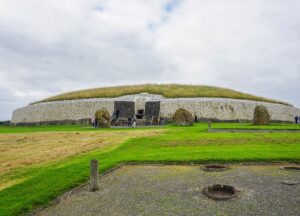
The largest concentration of prehistoric Neolithic tombs in Europe.
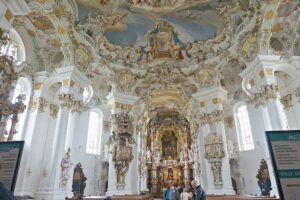
A magnificent rococo church with a legend that draws the faithful to visit.
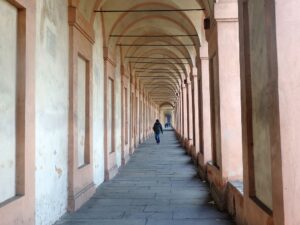
An architectural element that, over centuries, has become an integral part of life in Bologna and around the world.
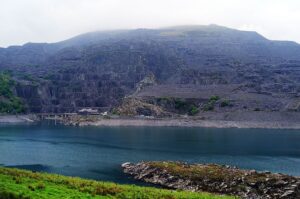
A region visibly shaped by its long-standing slate quarry industry.
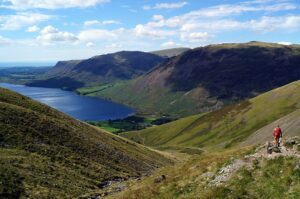
A breathtakingly beautiful landscape of mountains, lakes and agriculture.
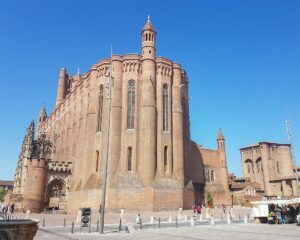
A small city with a rich collection of Medieval and Renaissance architecture.
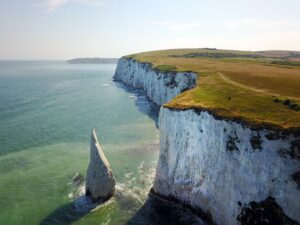
A coastline with 185 million years of interesting rock formations, invaluable for our understanding of geology and related sciences.
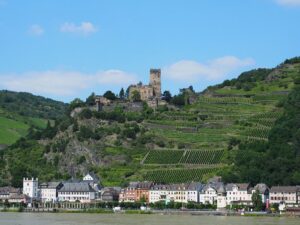
A beautiful portion of the Rhine River with centuries of history evident in its vineyards, castles and villages.
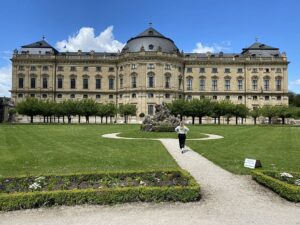
A magnificent 18th-century baroque palace and accompanying garden.
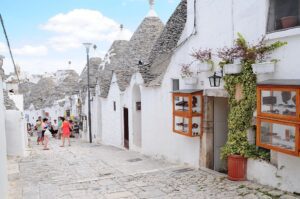
Picturesque whitewashed houses with conical roofs, built using age-old dry-stone techniques.
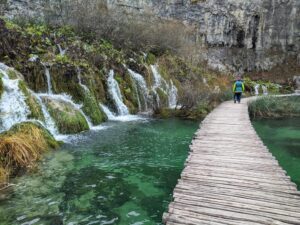
Stunning waterfalls and lakes formed by natural tufa barriers.
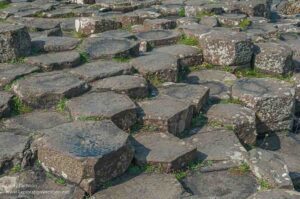
An area of seaside cliffs comprising polygonal stone columns that seemingly form a “pavement.”
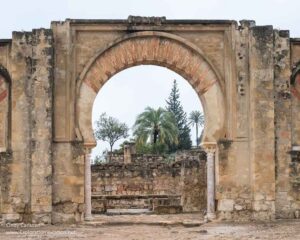
Ruins of a 10th-century fortified Umayyad city.

Megalithic tombs and the natural features that align with them.
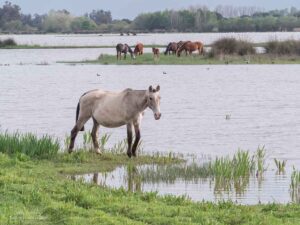
A protected natural wilderness area that is essential for birds migrating between Africa and Europe and for other species.
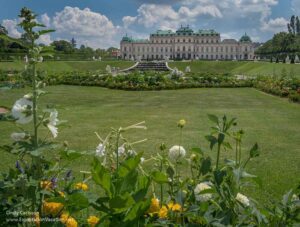
An urban center with a wide range of outstanding historical architecture, viewed as the music capital of Europe.
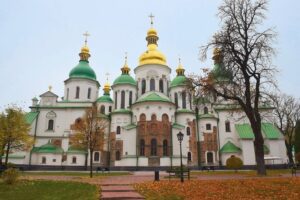
An Orthodox Christian cathedral and monastery dating back to the 11th century.

Apartment complexes designed in the early 20th century to improve living conditions for low-income families.
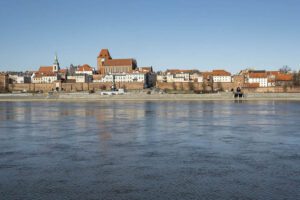
An intact 13th-century Old Town and New Town – the former was a trading hub, the latter a craft center – plus a Teutonic castle ruin.
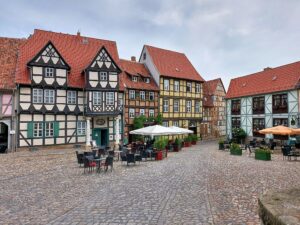
A medieval town known for its Romanesque church/castle on a cliff and its picturesque half-timbered houses.
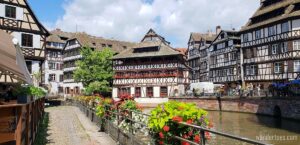
Two districts, one exemplifying medieval cities, the other a model of modern city planning.
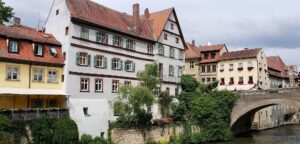
A beautifully intact medieval city center with over 1000 historic buildings as well as an early example of urban farming.
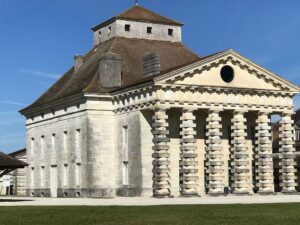
Two locations that exemplify the historical process of salt production and industrial architecture.
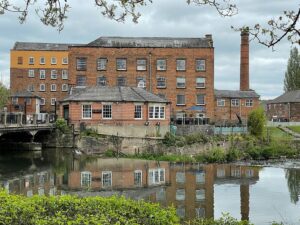
A series of early cotton mills that represent the birth of the factory system at the start of the Industrial Revolution.
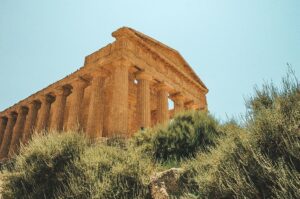
An exceptional collection of ancient Greek temples dating to the 5th century BC.

A huge English-style garden and the structures in it that illustrate the principles of Enlightenment ideals in landscape design.
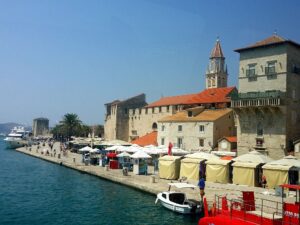
A small city on an island showing influences from a succession of ruling powers.
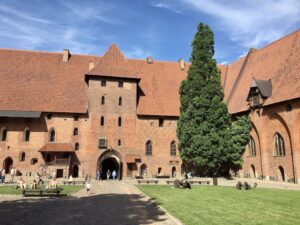
A massive brick castle from an era of forced conversion to Christianity in eastern Europe.
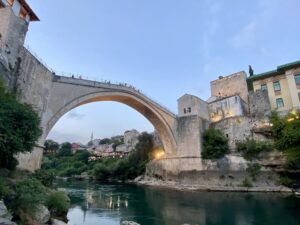
Significant not for its history, but for the symbolism of its restoration.
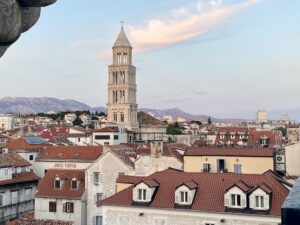
A complete architectural ensemble built around the well-preserved ruins of a large palace complex.
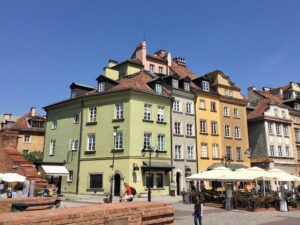
An outstanding near-total reconstruction of a centuries-old historic city center.

An 8th-century monastery with a beautiful Baroque cathedral and an ancient library.
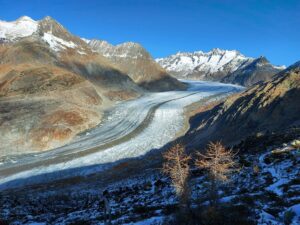
A spectacular mountain and glacier landscape in the Alps.
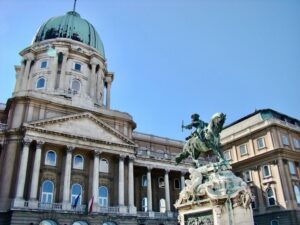
Significant because of its urban landscape and influence on European architecture.
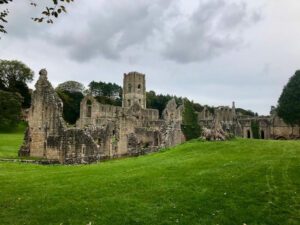
A beautifully-landscaped Georgian garden and a well-preserved medieval monastic ruin.
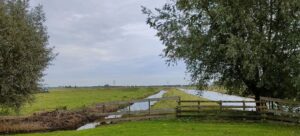
A landscape exemplifying creative Dutch land reclamation.